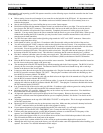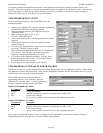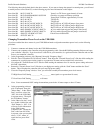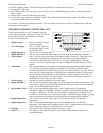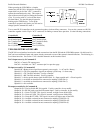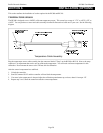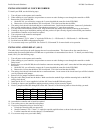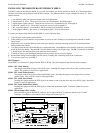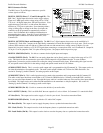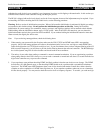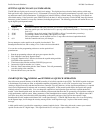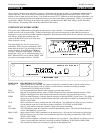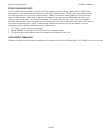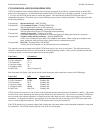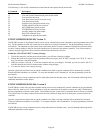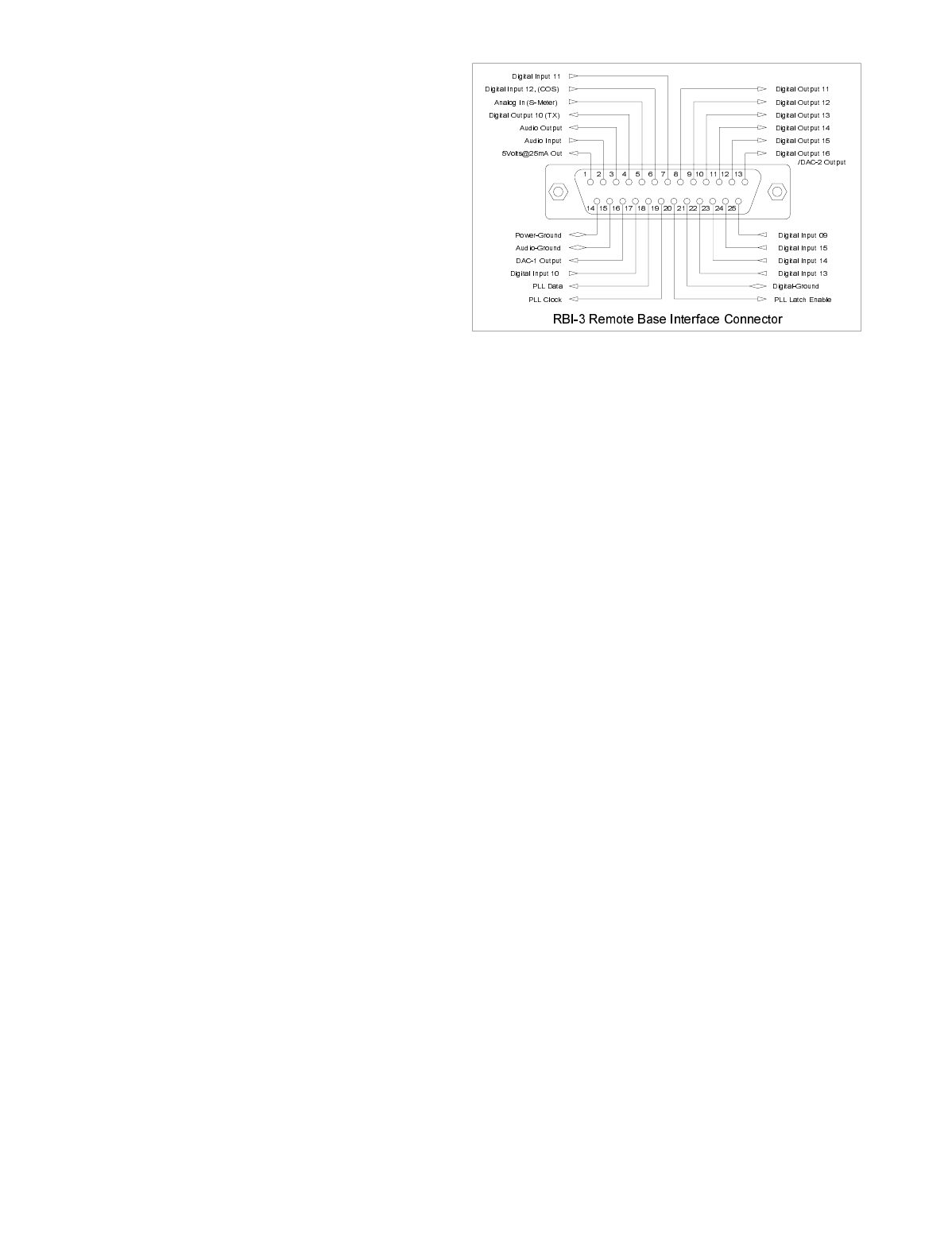
Pacific Research Solutions RI-300e User Manual
Page 23
RBI-3 Connector Pin Out
The RBI-3 uses a 25-pin DB type connector to provide
various signals as follows:
DIGITAL INPUTS (Pins 6, 7, 17 and 22 through 25): The
RBI-3 has 7 digital inputs that can be used to trigger macros.
These are C-MOS gates with a voltage swing of 0 to 5 VDC,
TTL level. All digital inputs have 10K pull up resistors. Your
application must “pull down” or sink current with either a
transistor or TTL gate or equivalent. Upon detecting either a
rising or falling edge or change in the state of an input, the
controller can be programmed to automatically execute a
macro. See S-Command 46 for additional information on
programming these inputs. Input bit 12 on pin 6 doubles as a
COS input when connected to a remote base radio, see S-
Command 92.
DIGITAL OUTPUTS (Pins 4 and 8 through 13): The RBI-3 has 7 digital outputs whose states can be modified by S-
Command 45. Each of the 7 outputs can be individually commanded or forced into the high or low logic state. These are open
collector NPN transistors and can sink up to 120ma each and can sink current from a voltage sources as high as 24 volts.
Output bit 10 on pin 4 doubles as a TX or PTT signal when connecting to a remote base radio, see S-Command 92. Output bit
16 on pin 13 can be jumped to DAC 2 in place of the digital out. See jumper details on previous page.
DIGITAL GROUND (Pin 21): Use this as a common for the digital inputs and outputs.
ANALOG INPUTS (Pin 5): The RBI-3 has one analog input that can be directly read as a voltage in the range of 0 to 3.75
volts. This input can also be connected to your radio's limiter output for a Signal Meter function. In some S-Meter
applications, you need to provide a method for scaling the voltage connected on this input. When reading this signal over the
air, use speech control word 014 for the analog voltage and speech control word 013 for S-Meter.
AUDIO OUTPUT (Pin 3): This is a receiver audio output and is programmable with S-Command 34. This output can be set
for either discriminator or de-emphasis audio. The audio on this output is 0dbm or 0.774Vrms for 5KHz Deviation. See
section 16 “Setting Up Audio Channels” for setting up audio on this output.
AUDIO INPUT (Pin 2): This is audio input that can be routed to the transmitter and is programmed with S-Command 35.
The audio on this input should not exceed 0dbm or 0.774Vrms for 5KHz Deviation. Normally with the RI-300’s Auxiliary
buss, you can select input channels to use. But with this input, audio in is enabled when any of the auxiliary buss input channels
are enabled. This input can be set for either flat FM modulation to the transmitter or with pre-emphasis. See section 16
“Setting Up Audio Channels” for setting up audio on this input.
AUDIO GROUND (Pin 15): Use this to connect to the shields of your audio cable.
DAC 1 OUTPUT (Pin 16): This is an 8-Bit DAC that can output 0 to 5 volts at 10mA. S-Command 13 1 controls this DAC.
+5 Volts (Pin 1): This output can be used to supply +5 volts for your circuit. Do not draw more than 25mA.
POWER GROUND (Pin 14): Use this pin with the +5V and/or DAC outputs.
PLL Data (Pin 18): This output is used to supply frequency data to a synthesized remote base radio.
PLL Clock (Pin 19): This output is used to clock the frequency data to a synthesized remote base radio.
PLL Latch Enable (Pin 20): This output is used to latch or store the frequency data to a synthesized remote base radio.



